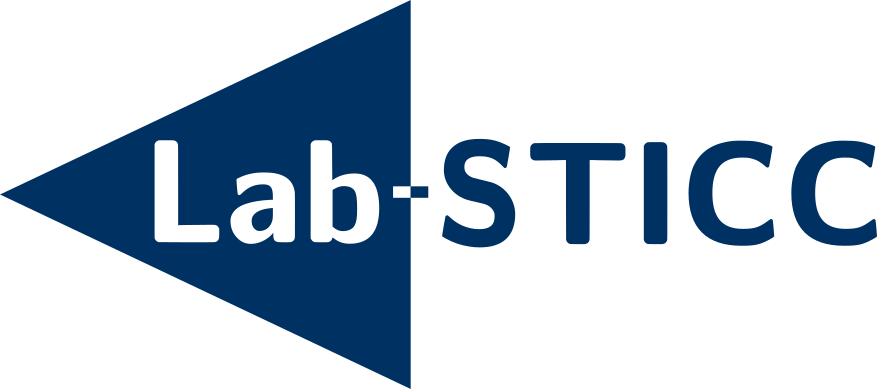Real-time braking control based on optic flow divergence onboard an underwater vehicle
Résumé
Obstacle avoidance is a major challenge for underwater robot navigation, especially in cluttered environments where sonars are subject to reverberation and noise. Optic flow cues are widely used for aerial drone navigation, as they can be measured with broadly available sensors such as monocular cameras. Few studies have explored the possibility of using optic flow cues for underwater robot navigation, although this is more difficult due to imaging conditions and natural scene characteristics. In this study, we investigate the use of optic flow divergence for real-time collision avoidance onboard a Remotely Operated underwater Vehicle (ROV) equipped with monocular cameras. The measured optic flow divergence was first used to trigger an autonomous emergency braking response, then to estimate the relative distance of the underwater vehicle from the detected obstacle using an Extended Kalman Filter. This relative distance was used to maintain a predefined safe distance from the obstacle. Tests were first carried out in a pool, then in a harbour, in a lake and in the sea. Our findings show that this minimalistic method is effective under a wide range of visibility and turbidity conditions.
| Origine | Fichiers produits par l'(les) auteur(s) |
|---|

